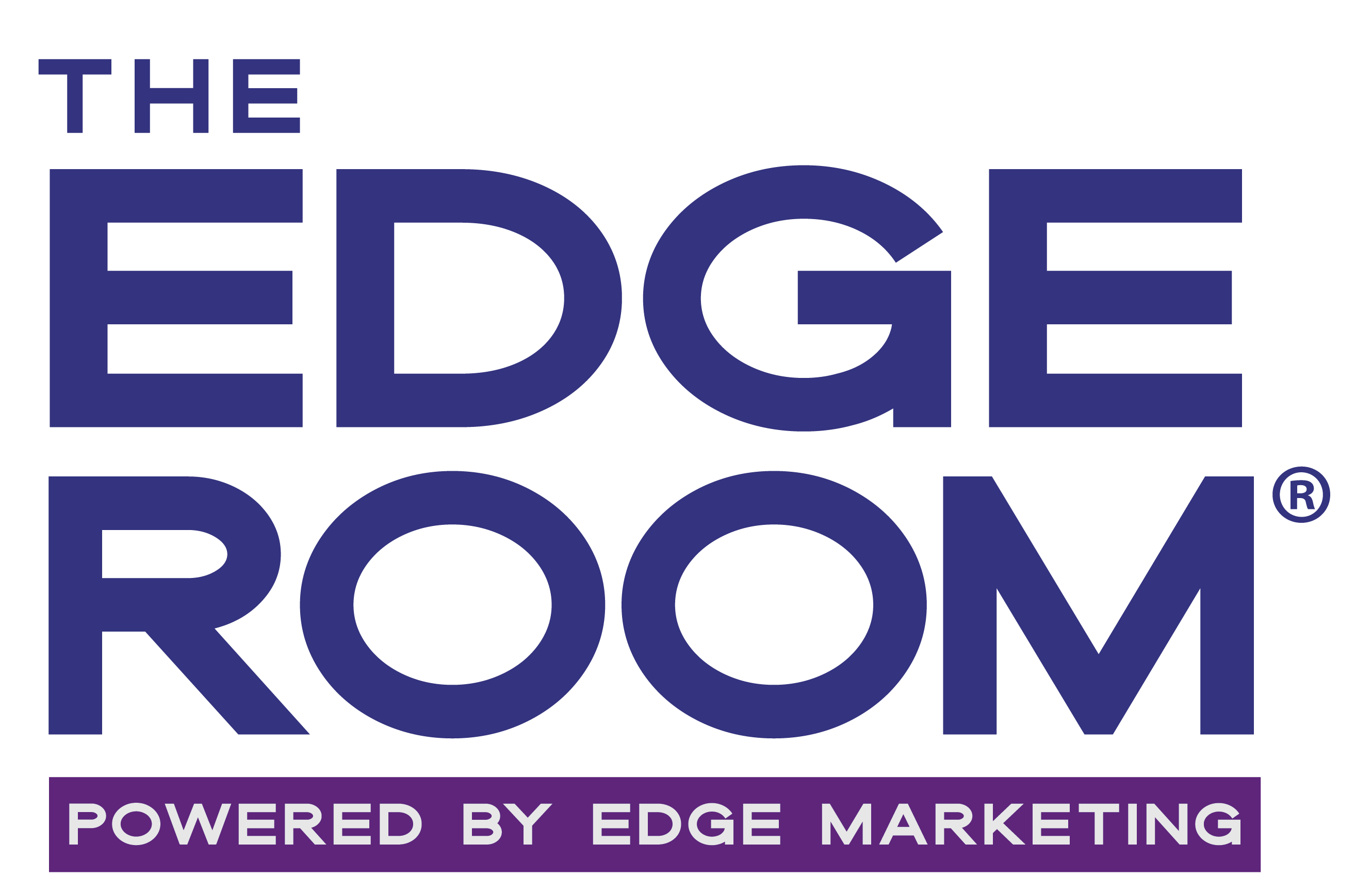A few months ago, we were mesmerised by DALL·E 2’s ability to generate realistic images and art based on short descriptions. Now the people behind DALL·E 2 have gone viral again with the launch of ChatGPT.
Both DALLE and ChatGPT highlight the advancements in generative AI. Compared to predictive AI, generative models have impressively fluent results, however, their quality is harder to assess. How do we know if a blog generated with ChatGPT is correct or if it’s accurate? Most of the output is fluent, and tangentially relevant, however these systems are inherently unreliable, making errors of both reasoning and fact.
While machine translation models are inherently predictive, where both accuracy and precision are expected, generative models like ChatGPT can open up new avenues for translators and the localization industry.
The cost of creating content will drop, which means that even more content will be created. This creates a need for linguistic services for revising, adapting, and certifying the AI output. The concept of Machine Translation Post Editing will expand into linguistic validation, cultural adaptation, tone adjustment, fact checking and bias removal.
Another application is generating shorter or longer examples of the translation to help with formatting in-context. It is clear that NMT models will be complemented by LLMs for improving fluency or offering value added services like content insight.
While ChatGPT isn’t quite there yet – it’s certainly raised interest in conversational AI and the possibilities around the technology. But, is it going to transform the translation industry? No – it still has a long way to go. And until then it’s important to remember that only a robust, secure, and adaptable NMT solution can be trusted if you’re looking to engage with global audiences.
